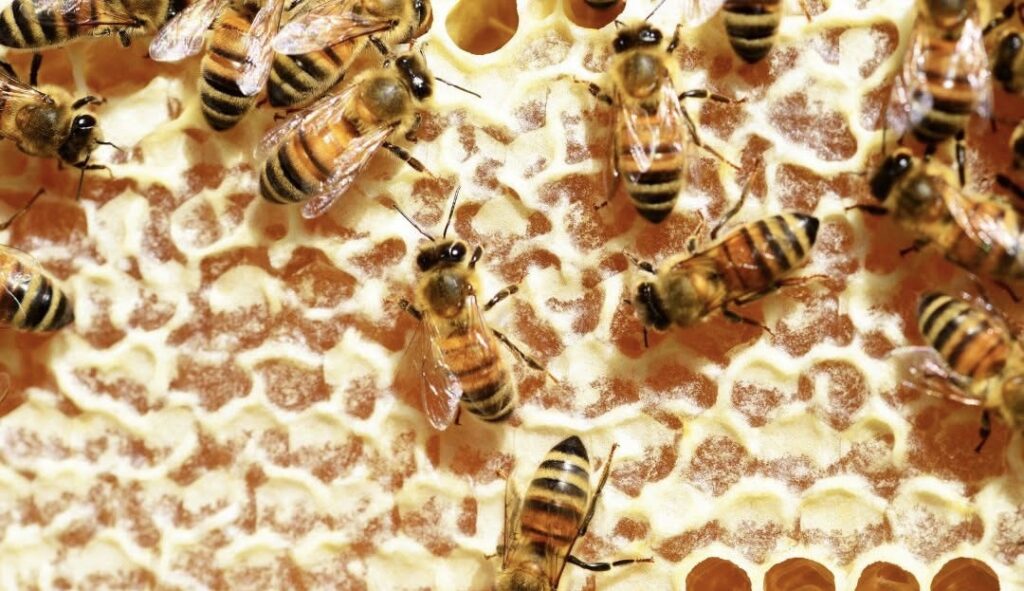In what experts are calling the most devastating honeybee die-off in U.S. history. An estimated 1.6 million colonies were lost in a single winter.
This catastrophic loss—more than half of all managed honeybee colonies in the country—marks an unprecedented spike and raises serious concerns about both environmental balance and food security.
According to Scott McArt, an entomologist at Cornell University, “As of right now, it does look like this is going to be the largest colony loss that we’ve experienced in at least the last 25 years—and probably in U.S. history.”
Seasonal losses among honeybee colonies are not uncommon, with winter often being the most difficult period for hives.
This year’s honeybee die-off has far exceeded previous expectations and trends.
Beekeepers across the nation have reported alarming numbers, with some losing up to 90% of their colonies.
While the exact cause remains unclear, researchers are investigating multiple potential contributors. Leading theories include:
Climate stress: Unpredictable weather patterns, including unusually warm spells followed by deep freezes, can confuse and weaken bee populations. Pesticide exposure: Chemicals such as neonicotinoids are known to harm bees. They impact their ability to navigate and return to their hives.

Disease and parasites: The Varroa mite, a notorious parasite, continues to plague beekeepers, spreading viruses and weakening entire colonies. Habitat loss: Urban development and agricultural expansion are reducing the number of wildflowers and natural habitats bees rely on for food and shelter.
Honeybees are critical to pollinating crops such as almonds, apples, blueberries, and cucumbers.
In fact, over one-third of the food we eat depends on pollination by bees and other pollinators. The sudden and widespread loss of colonies poses a serious threat not only to ecosystems but also to the stability of the food supply chain.
“This isn’t just about honey—it’s about agricultural sustainability,” said McArt. “Without pollinators, the diversity and availability of our food could suffer dramatically.”
Scientists are now racing to understand what triggered this mass die-off. Research efforts are focusing on improving hive health, increasing floral diversity, reducing harmful pesticide usage, and breeding bees that are more resistant to disease and environmental stress.
In the meantime, experts urge the public to support pollinator-friendly initiatives, such as planting wildflowers, avoiding chemical pesticides, and buying local honey to help sustain beekeepers.
This devastating loss is a stark reminder of how interconnected our environment truly is. And how quickly that balance can be disrupted. What happens to the bees happens to us all.



